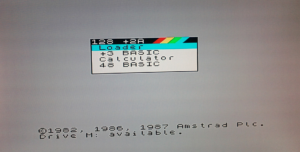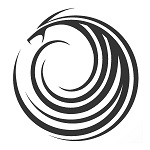Creative applications of software never cease to amaze me. The other day, I accepted an invitation to a party via Facebook. As the time came for the party to start, an alert appeared on my cellphone. “Leave now to arrive at party on time” it told me. It had based this on knowing my location, the location of the party, and the approximate travel time to get there based on the route I’d have to take.
Of course, it had failed to include coding that understands the golden rule of parties – be fashionably late! Nonetheless, it was an impressive utilization of available data for a practical purpose.
The dynamic is everywhere
In all manner of situations, software is performing more tasks for us. It’s making our lives easier, improving our productivity, helping us discover new things. With these technological improvements, we use software increasingly. This has the potential to lead to a state of overreliance on software. We can assume it has the answers to everything.
When we use software for metrology, it’s typically used for data analysis in some form. That’s important. But the data must come from somewhere in the first place. And that place is metrology hardware that provides a data collection function – be it as simple as a calliper or as complex as a laser tracker.
That being the case, if we want to get the best out of our software – and our results – it’s critical that we use decent hardware in the first place. It seems an obvious point to make, but one that we can overlook all too easily.
Sure, software compensation can do some impressive stuff when it comes to improving performance, but it can only go so far. Imagine you’re scanning an airplane and you manage to collect a point cloud with 100 points in it. No amount of compensation, smoothing, predictive algorithms or enhanced modelling will overcome the fact that the data you have supplied isn’t sufficient for the task in hand.
Geting back to BASICs
Now don’t get me wrong, I’m not naysaying software here. I’m from one of the first generations to grow up having software around from a very young age. In fact, I can still remember my parents bringing home a ZX Spectrum for me and my brothers to play with when I was in elementary school.
I can also still remember starting to learn BASIC with the help of my big brother back then. You know the sort of stuff: 10 PRINT “Hello”; 20 GOTO 10 (and no, my coding hasn’t improved much since then, before you say!) I’ve loved technology – and the potential it holds for us – since a young age.

Even so, software inherently complements hardware. Without hardware, there is no software.
I think that tells us something important. If we want our software to perform in the best way it can (or more specifically in the best way it’s designed to operate), we can only do so by using it with the best hardware we can to start with.
Futurama offers us some sage advice about hardware performance.
We continue to build, design, develop and research ever more complex ideas, concepts, and visualizations. As we do so, we develop smart metrology processes that support and allow that to happen.
When we do, we should always start from the ground up, by making sure our hardware is fit for purpose. That way, our whole solution will help us continue to excel in the things we do.
John Kane is President of Wyvern. You can view his LinkedIn profile here.
